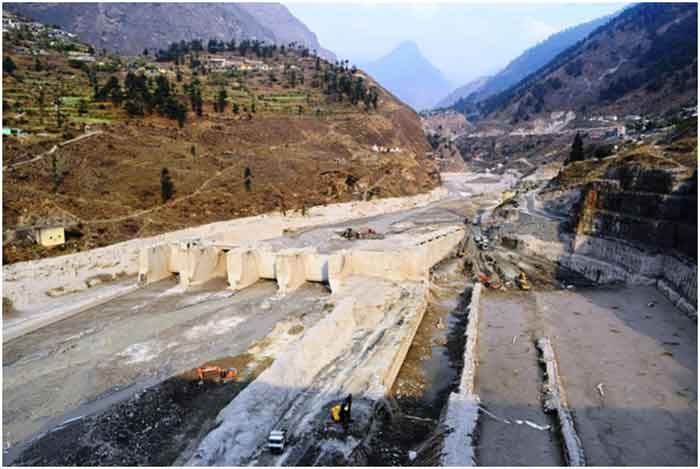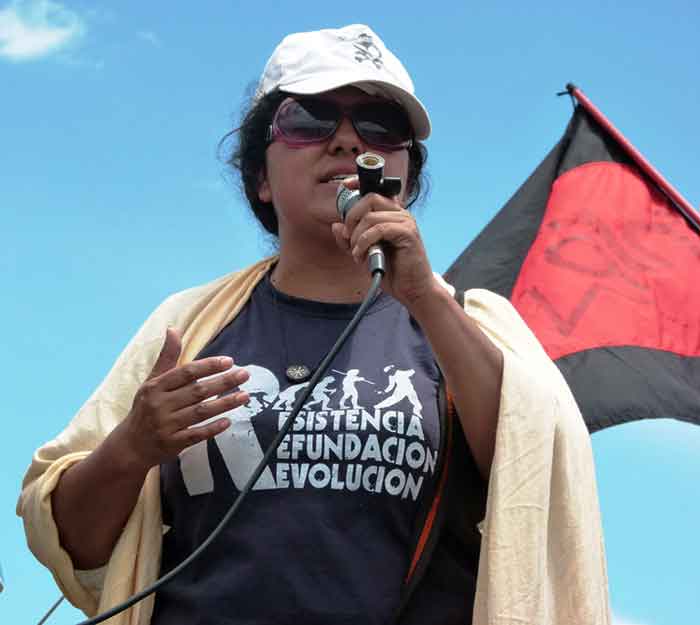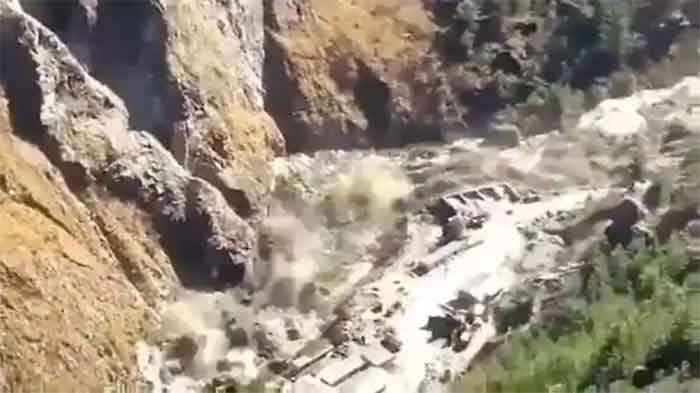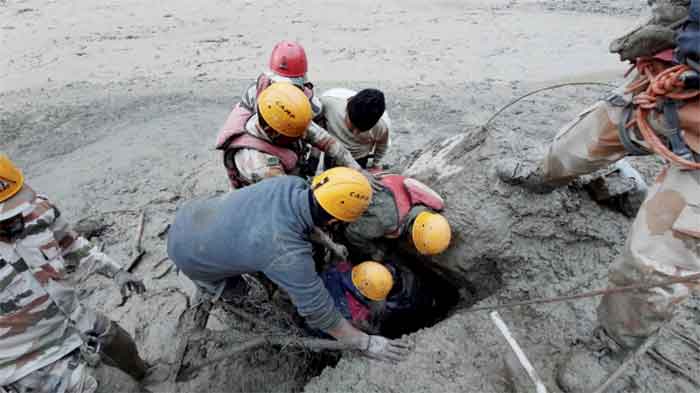
The tragedy in Uttarakhand has again highlighted the extreme vulnerability of dam workers who toil often in very hazardous conditions in very remote parts of the country, away from public gaze. In particular the hazards faced by workers are very serious at several dam construction locations in the Himalayan region. While better safety conditions for dam workers are needed everywhere, this need is particularly acute in the Himalayan region.
In recent years many serious disasters have been reported from the Himalayan region in which thousands of people have perished. In the case of the majority of these deaths and disasters, the ongoing or already constructed hydel projects and related works or constructions were also a factor, either because these projects aggravated the disasters in various ways, or else because the workers employed here were living and working in very precarious and exposed conditions and therefore suffered a lot of distress including deaths.
In times of climate change and increasing disasters, this distress can increase in future and therefore urgent steps to provide better protection to dam workers should not be delayed any longer.
At present our country is also in the middle of passing important legislation on dam safety and so it is all the more important that adequate provisions relating to the safety of workers are included in this legislation.
While both local persons and workers have suffered a lot in recent disasters, local persons are more familiar with the situation and have more secure housing and hence there is at least some protection and hope of avoiding the worst. On the other hand a large number of dam workers are generally migrant workers with very less familiarity with Himalayan floods and other related disasters and risks special to the region.
Secondly, they live in very temporary kind of dwellings with very little protection from adverse weather conditions. As they generally work away from public scrutiny under the strict supervision of contractors, often they do not even develop local contacts to whom they can go in times of special need, distress or risk. Hence often news of dam-site accidents is suppressed and the workers who are victims of these accidents ( or the families of workers who die ) get very little help or compensatory payment.
Being close to the work-site, workers often get hints about the increasing risks and hazards, but are helpless if the contractors and companies compel them to continue working.
While all this often remains hidden and suppressed, in a rare exception an official inquiry was ordered some years back into the condition of workers of Tehri Dam Project several years back. What this investigation revealed was that migrant workers from distant parts of the country were toiling in conditions of extreme neglect almost like bonded workers.
Such conditions of neglect expose workers to more threats in overall conditions of high hazards and risks which exist at almost all Himalayan dam sites.
In the case of the Ramganga Project a local newspaper Bijnore Times had published a list of all the workers who had died in the course of their work extending over many years at the dam. It was a very long yet still incomplete list as names of all such workers just could not be traced. The newspaper said that all these workers should be remember and honored for this sacrifice. But generally the tendency is not to honor these workers but to somehow suppress the news of their death and accident.
Hence there is a compelling need to give more attention to the safety as well as social security of all dam workers. All migrant workers or other workers working at dam sites should be properly registered and recorded. There should be regular monitoring of their safety and overall conditions and improvements should be made on the basis of the written recorded recommendations of such monitoring , which should involve both worker representatives and labor department .
Apart from improving worksite safety and precautions, workers should have some training regarding preparing for any rescue and escape effort in the event of a flood, landslide or other disaster. Apart from improving safety, there should be better linkages with nearby hospitals for treatment of victims of accident, disaster and disease in these remote areas. The record of proper compensation of suffering workers and safe transport to their homes should be carefully maintained and strict action should be taken against those who violate provisions of safety, social security and compensation.
Dam workers are of course included in the larger category of construction workers. Two important and related legislations were enacted for many-sided welfare and social security of construction workers in 1996. Some significant progress had been made in implementing these laws in recent times, and more improvements were expected as the Supreme Court had recently issued important directives for this.
However with the recent changes and codification of labor laws some provisions of these laws now face more uncertainty than before and the government should announce very clearly that all the welfare and social security provisions of these laws will be honored and the directives of the Supreme Court regarding their proper and better implementation will also be followed in the right spirit.
In addition it needs to be emphasized that in the case of construction workers who are employed for long periods in very remote locations of dam sites, it is important to make special efforts for take the benefits of these protective laws to workers as without such special efforts many of the workers in very remote areas will probably not become even aware about the provisions of these protective laws including the provision for special pension and also scholarships for children to help them to continue their education.
Apart from dam workers toiling often in very remote areas, special care is also needed for the increasing and large number of workers who are employed in the construction and widening of various highways. In this context the work taken up in the Himalayan and other hilly regionbs has its special risks and hazards and there is frequent risk of landslides and many other problems not encountered normally in pain areas. Hence along with dam workers in Himalayan and hilly regions, the workers employed in these areas in highways should also get special attention regarding safety and social security.
Bharat Dogra is a journalist and author known for his reports from several remote areas . His recent books include Planet in Peril and Man Over Machine.
IF YOU LIKED THE ARTICLE SUPPORT PEOPLE’S JOURNALISM













































